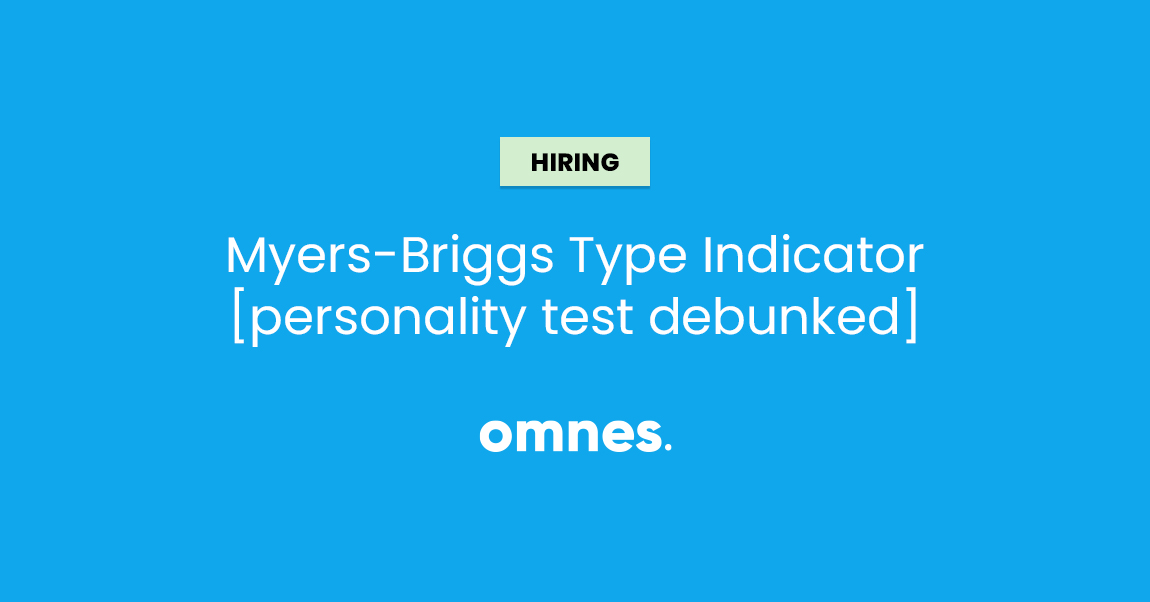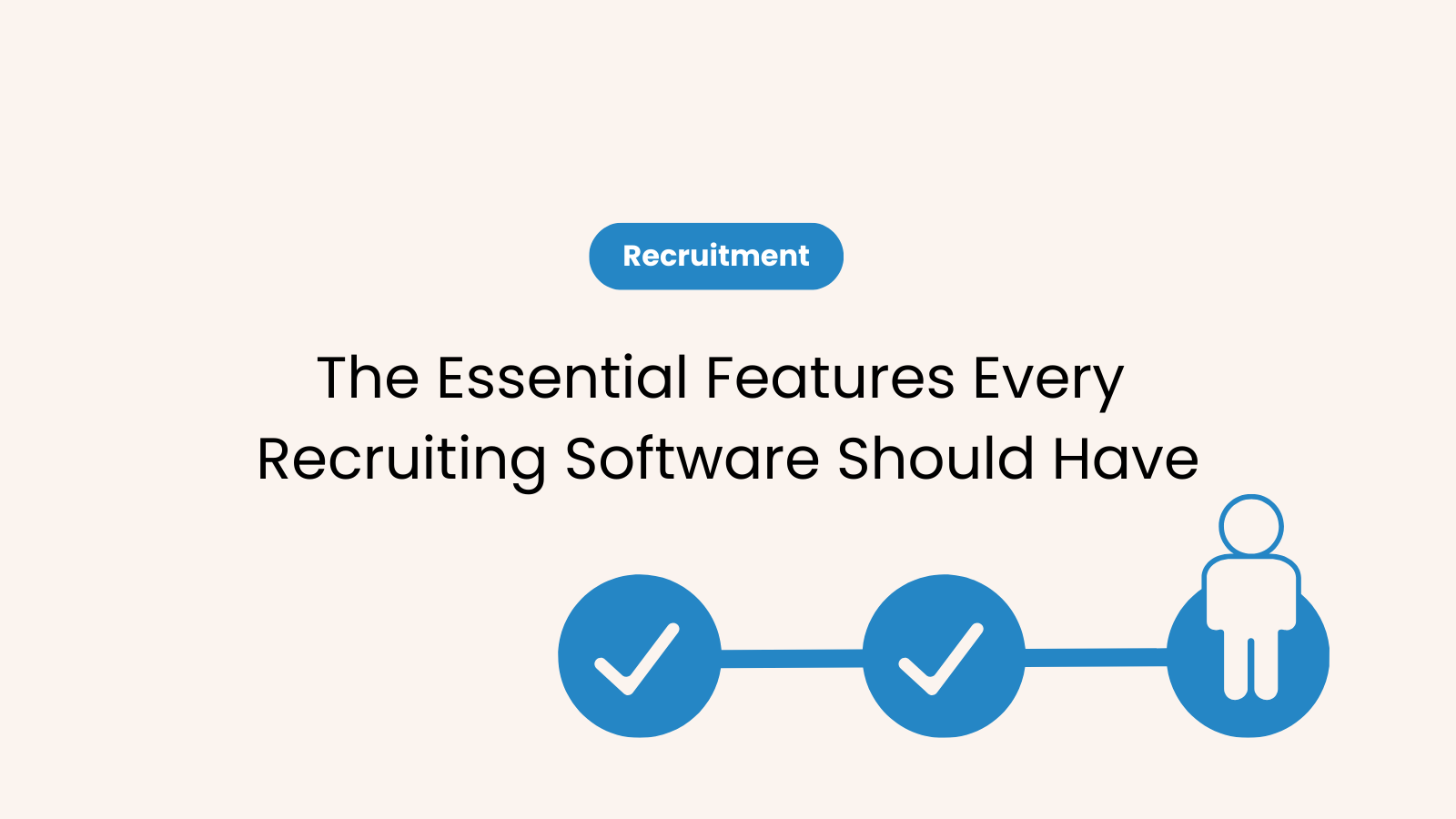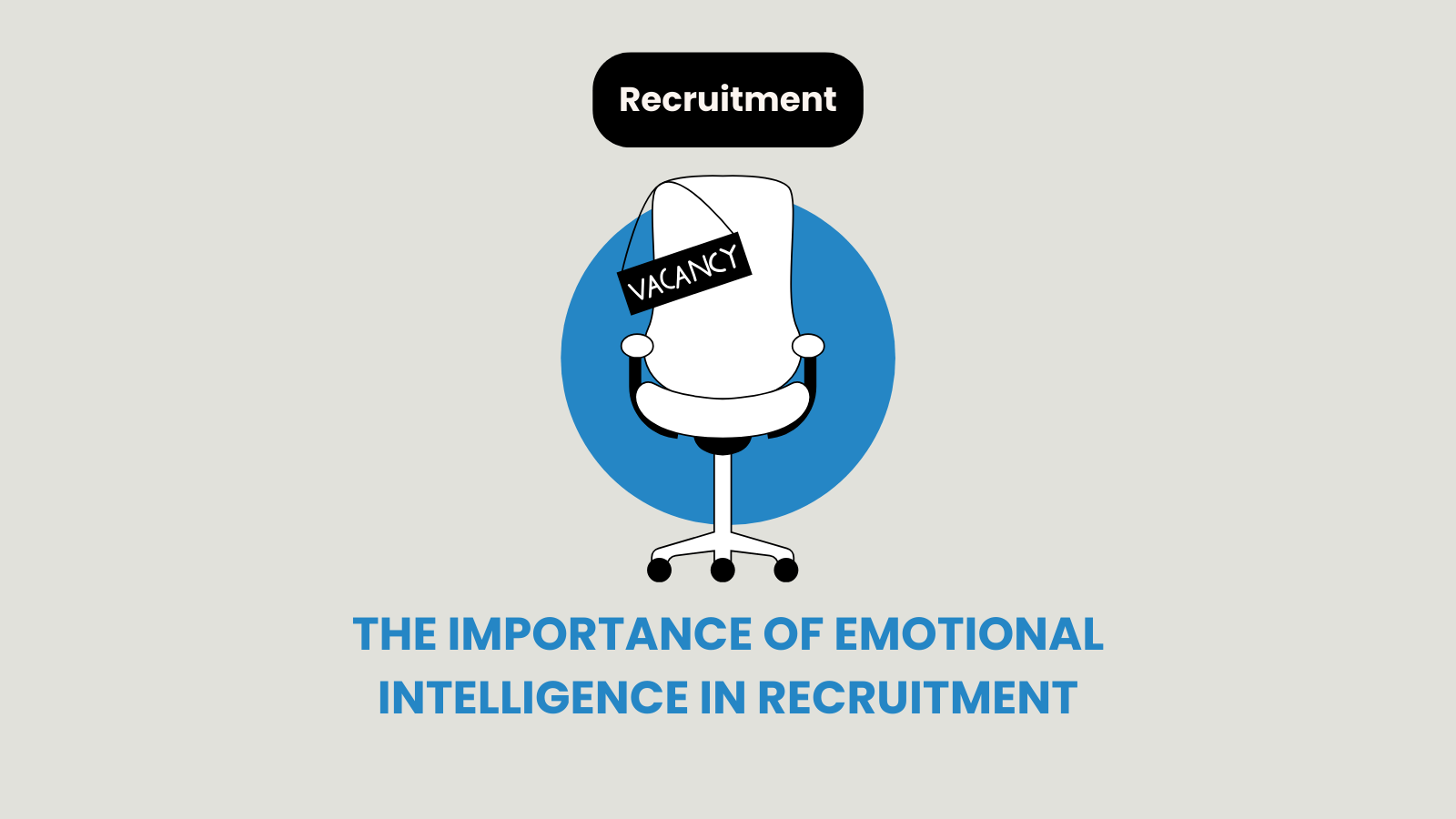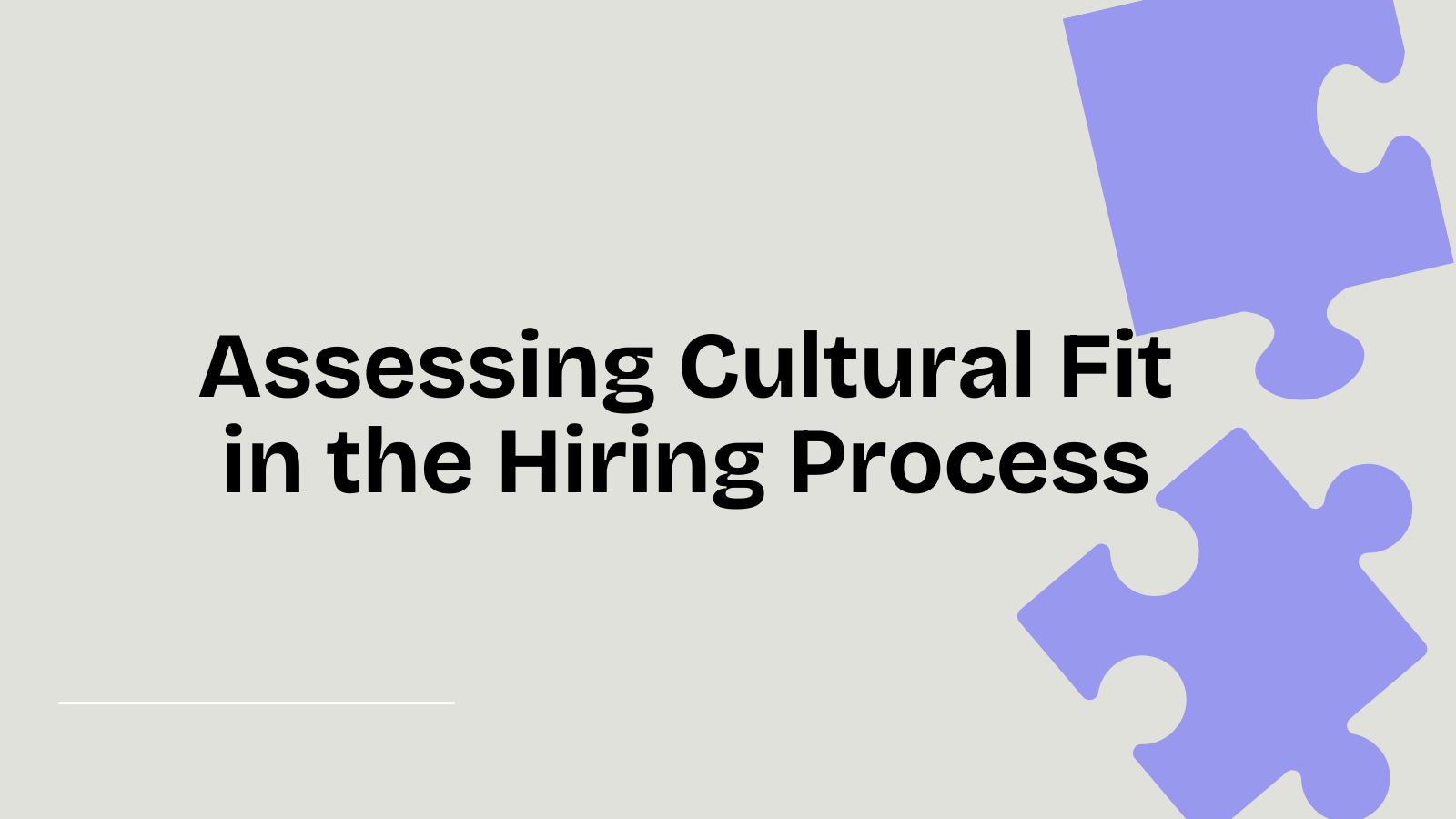We’ve all heard of personality tests; there are numerous varieties. One of those is Myers-Briggs Type Indicator, today commonly used in improving team dynamics, recruitment process, decision-making, career counseling, education, choosing a career, and so much more.
What is the Myers-Briggs Type Indicator?
Myers-Briggs Type Indicator (MBTI) is a self-report and forced-choice questionnaire, a psychological test designed based on famous Swiss psychiatrist Carl Jung’s theory of personality types.
Kathleen Briggs and Isabel Briggs Myers, a mother-daughter team, broadened his model and made it more useful in everyday life. Their goal was to create an inventory of preferences, rather than a measure of traits.
This questionnaire identifies differences between ordinary, healthy people and helps them gain a better perspective into their strengths, weaknesses, and see the potential for growth.
The idea wast to make people self-aware and aware of other’s traits (that may differ from our own), to help improve interpersonal relationships, teamwork, and decision-making.
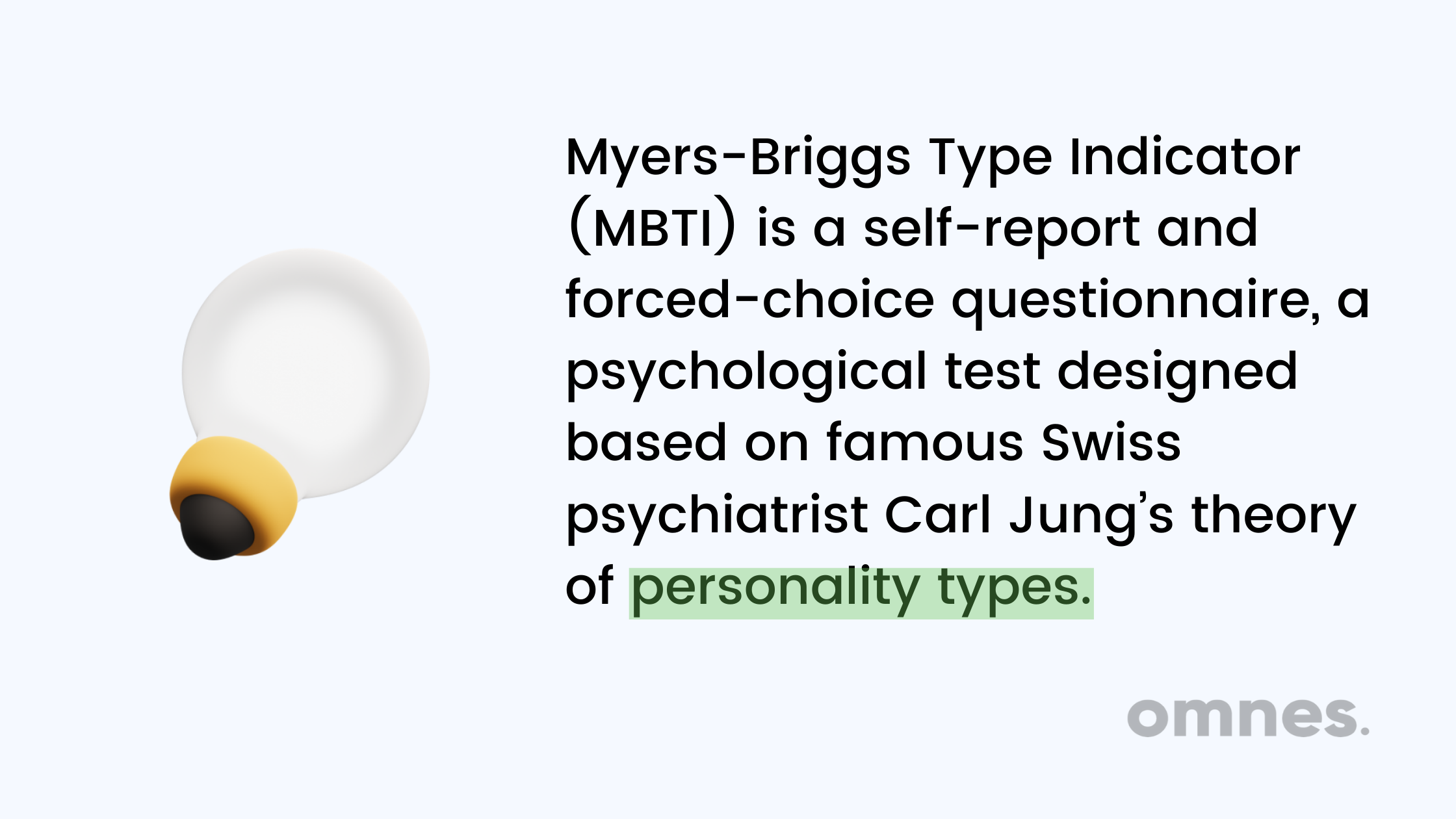
At the same time, misunderstandings are being dealt with more efficiently. Based on Myers-Briggs Type Indicator, there are 16 types of personalities.
What are the Personality Types?
Carl Jung had a theory that psychic energy can flow in two directions: outward to other people, defining attitude known as extraversion, and inward to our conscious self, setting position known as introversion.
Each individual has a primary attitude that determines their mental functions. Besides, there are two more dimensions in which people operate – perceiving (sensation or intuition) and judging (thinking or feeling).
Hence, combining these traits, there are eight personality types by Jung. Myers-Briggs Type Indicator adds the fourth dimension, judging-perceiving index. Jung implied this dimension, but never thoroughly described it.
With this addition, MBTI has sixteen different personalities.
1. Extraversion means drawing energy from the outside world.
Extraverted people are outgoing; they smoothly work with and can effortlessly befriend others. They are concerned about relations with other people. Introversion is a second preference, meaning you draw energy from your inner world, ideas, emotions.
Introverts receive power through solitary activities and are less concerned with the opinions of others; they find social interactions energy-consuming.
Jung says that no one can be wholly extraverted or completely introverted. It is more like a spectrum – each of us has both qualities, but only one is dominant in a person.
2. The second dimension is the perceiving function.
How do we receive information, for the most time?
Opposites are sensation and intuition. In sensation, data is coming from our five senses, meaning a person mostly relies on objective and empirical – facts. These people are practical and rational.
In intuition, unconscious distorts perception; the person looks for meanings beyond the senses. We usually say that a person has a hunch or a sixth sense. Intuition is ordinarily dominant in artistic and creative people.
Brainstorming uses intuition; it encourages inspiration without having the time for criticism and evaluation. We apply this as a team-building exercise.
3. The third dimension is the judging function.
How do we process received information?
- Thinking-dominant type prefers to analyze and determine truthfulness or falseness in an impersonal, rational fashion.
- Feeling-dominant type uses subjective and non-analytical process, meaning they value information based on their goodness or badness.
The thinking-feeling scale is not entirely reliable when applied to younger people.
4. The last dimension is the judging-perceiving index.
It shows how one likes to live in general.
Preferring judgment means leading an organised and planned life. Leaving little to chance, and having all issues resolved while perceiving shows a preference for being spontaneous, rash and hasty, and adapting to life as it goes.
Combining them gives you your type, for example, Introverted-Sensing-Thinking-Judging.
Form F is the most used variation of the questionnaire, and it consists of 166 forced-choice items, but the more recent Form G is acknowledged as faster, with 126 questions, and it is considered reliable.
Applying MBTI in a job search and recruitment
These tests have a direct influence in hiring decision. Some hiring managers believe that understanding candidates’ psychological type is of advantage while choosing a position within a corporation. Here are some common beliefs:
- Extroverts tend to have more job opportunities due to their wide range of acquaintances. They effortlessly express their opinions on any given topic but could lack the ability to listen.
- Introverts, on the other hand, spend much time preparing for job interviews, and sometimes it may seem that they lack energy and initiative.
Sensing types are more realistic in terms of employment chances, but they are reluctant to spread their horizons and try something new. They might have a hard time answering a query that needs an open-ended answer.
- Intuitive types are good at finding opportunities and help for a job search, but they are not good with factual questions and tend to forget essential details.
If you favor thinking over feeling, you might find yourself carefully analyzing job requirements and picking a strategy; therefore, you will seem over-rational.
- At the same time, a feeling-dominant person will represent themselves as pleasant, but risks to be seen as someone who can’t make some tough decisions.
Overall, if you have a dominantly judging lifestyle, you will have a systematic approach to a job hunt, but you may spend too little time considering your options and thus make a wrong decision.
- Perceptive types will quickly find various options, but sometimes they take too long to make a decision and will lose a great opportunity because of that.
Once you know your type, you will subconsciously try to find a job that will match your profile – it is always easier to work in a familiar environment. But, that might be a mistake!
No need to give up pursuing an unconventional job from the start. It is quite possible that you ‘not being the right type for the job’ could be indeed helpful! First of all, you will find space for personal growth.
And secondly, your rare abilities will improve your new team. Bringing a different mindset will set in motion a fresh flow of ideas, and that is crucial to any organization! Do not base your job search around these tests.
Myers-Briggs Type Indicator is also known to be used in the recruitment process by HR managers. It helps them evaluate a candidate, but there is a catch. It is not ethical to turn away applicants solely based on the results of the test, and in some cases, it could be illegal.
If you give a personality test to an applicant, you need to tell him or her that the results only reflect preference, and in no case could be used to predict success, or tell you which candidate is more capable or intelligent.
All personality types work in all fields, and of course, you need to take into observation a person’s experience, skills and look at the whole picture.
Hiring someone based on their type doesn’t mean they will be what you were looking for, and in truth, the candidate could manipulate his/her answers to get the needed result.
To sum it up, these tests might cause damage to your culture, recruitment process and stop you from hiring amazing talent.
